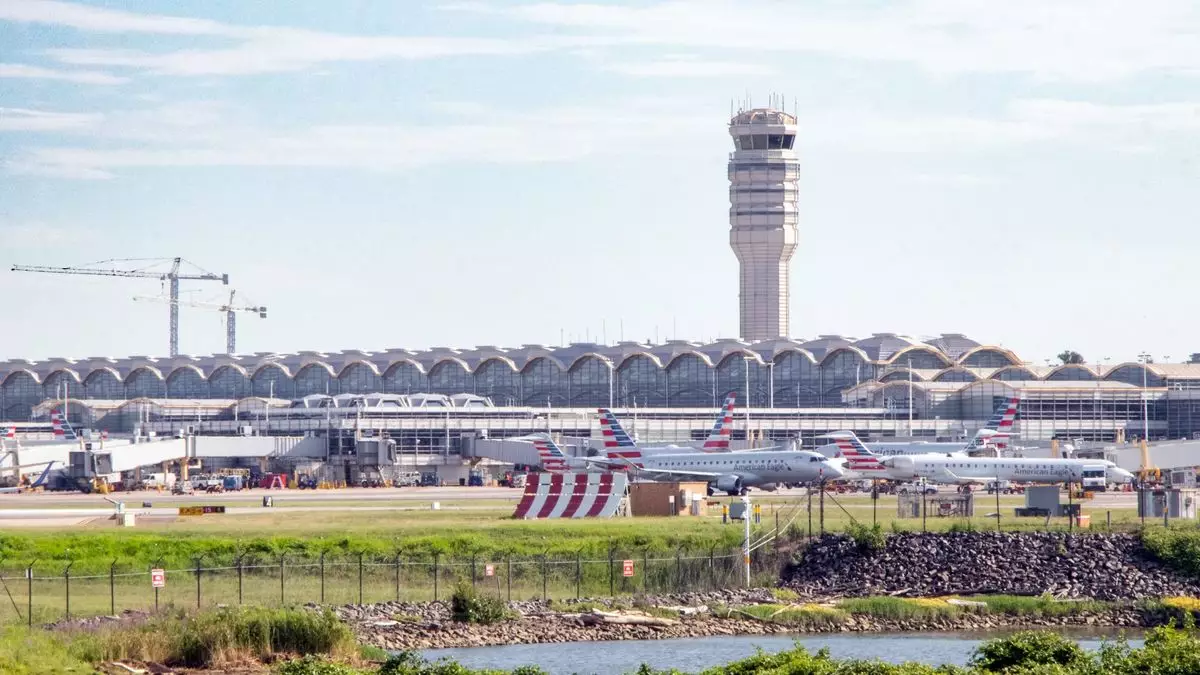The recent decision by the Transportation Department (DOT) to allocate five additional routes at Washington Reagan National Airport (DCA) has sparked discussions regarding access to air travel and competition among airlines. This move is particularly significant given the stringent 1,250-mile perimeter rule that governs many flights from DCA, providing strategic benefits to airlines operating under its exemptions. The selected airlines—Alaska Airlines, American Airlines, Delta Air Lines, Southwest Airlines, and United Airlines—were based on a previous tentative decision from October 2023, suggesting a stable approach to route allocation amidst competing applications.
The DOT’s decision was particularly restrictive, allowing only those airlines already offering flights within the perimeter to compete for the new routes. Notably, companies like Spirit Airlines and Frontier Airlines were disqualified. This raised concerns about fostering competition in a market that already exhibits limited options for travelers. Airlines such as JetBlue, despite their applications, were deemed ineligible or less competitive due to their existing operations, highlighting a potential barrier for newer or smaller carriers trying to gain a footing in a market dominated by major airlines.
The criteria set by the DOT not only limit the number of players capable of extending their reach but may also impact consumer choice and pricing strategies. If smaller airlines are continuously sidelined, consumers might find their options dwindling, perpetuating a cycle of limited competition and higher fares.
The underlying statutory framework that enforces the perimeter rule is critical for understanding this decision’s implications. By restricting new offerings beyond the perimeter to established operators, the DOT is reinforcing existing airline dominance at DCA. This may lead to a less adaptive market landscape where innovation and competitive offerings suffer. The requirement for new routes to be operational within 90 days of the order puts additional pressure on the selected airlines to mobilize quickly, a challenge that may be met with varying degrees of success depending on operational logistics and market conditions.
Reactions and Market Dynamics
In reaction to the DOT’s final decision, the losing applicants voiced strong objections, indicating a rift in how the allocation process is perceived by different industry players. JetBlue’s stance that bolstering major carriers diminishes competition is noteworthy; they argue for a more diversified approach to route allocation to promote equitable competition. However, the DOT countered these claims by underscoring the operational realities of market dynamics, suggesting that the metrics used for evaluating applications were grounded in current logistical viability rather than just potential market share.
As the aviation landscape evolves, the DOT’s latest decision at DCA exemplifies the challenges within airline competition and regulatory frameworks. The expansion of routes may offer more options for travelers, but the criteria governing such decisions also determine the robustness of competition within the market. Moving forward, stakeholders must assess the long-term implications of such policy decisions on airline operations and consumer access, ensuring a market that not only accommodates growth but also nurtures competition for the benefit of all travelers.


Leave a Reply